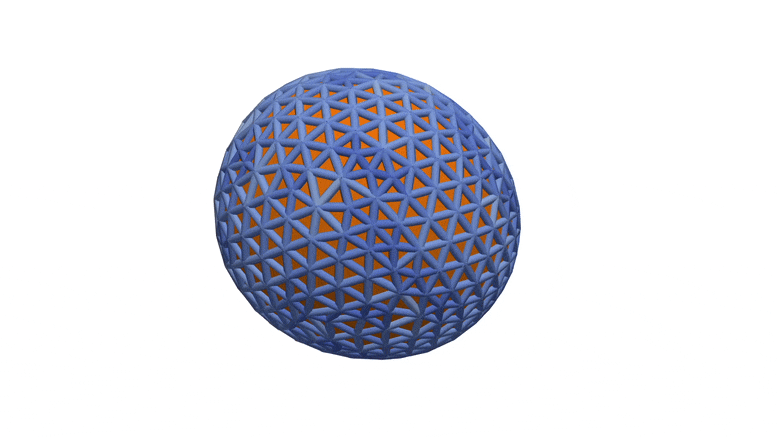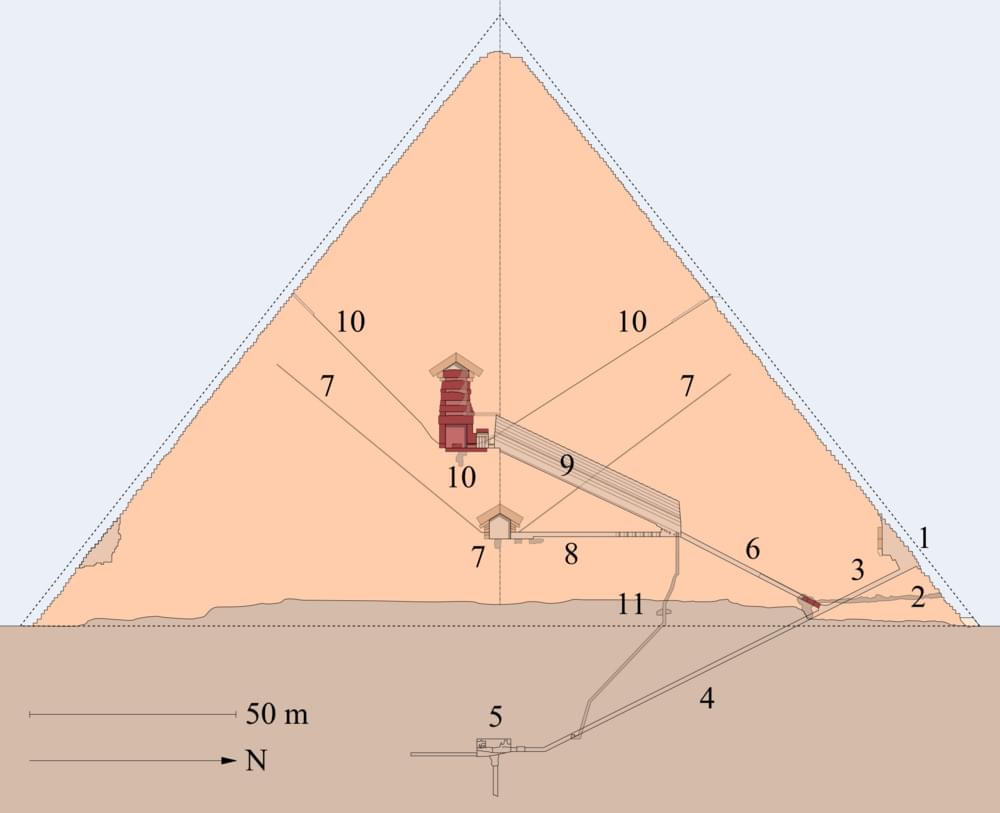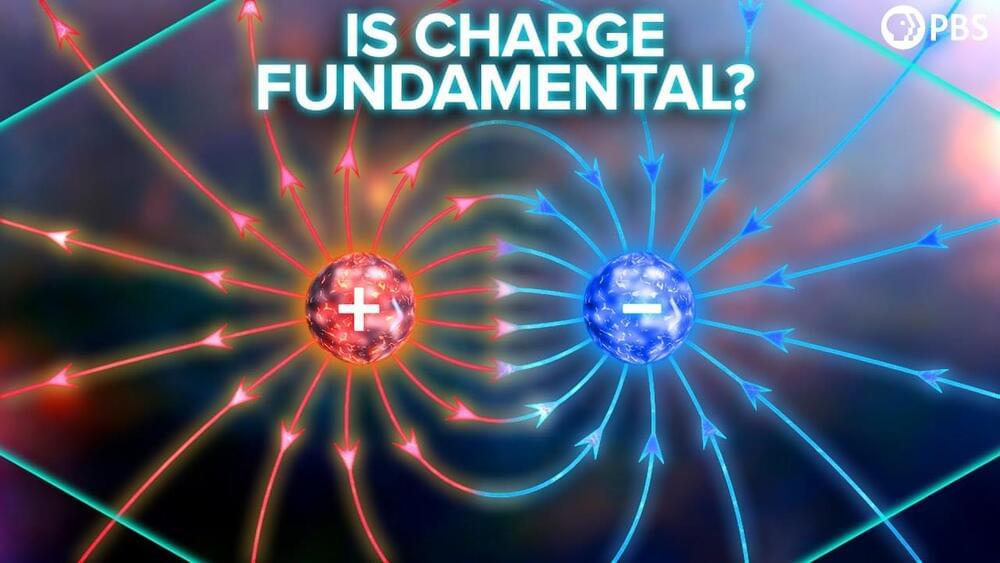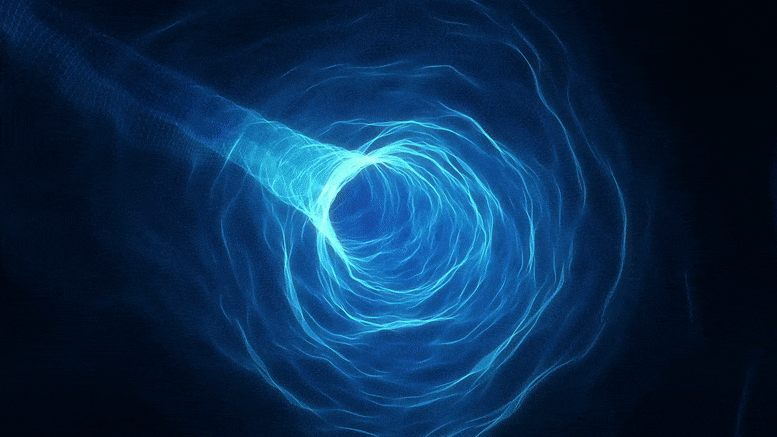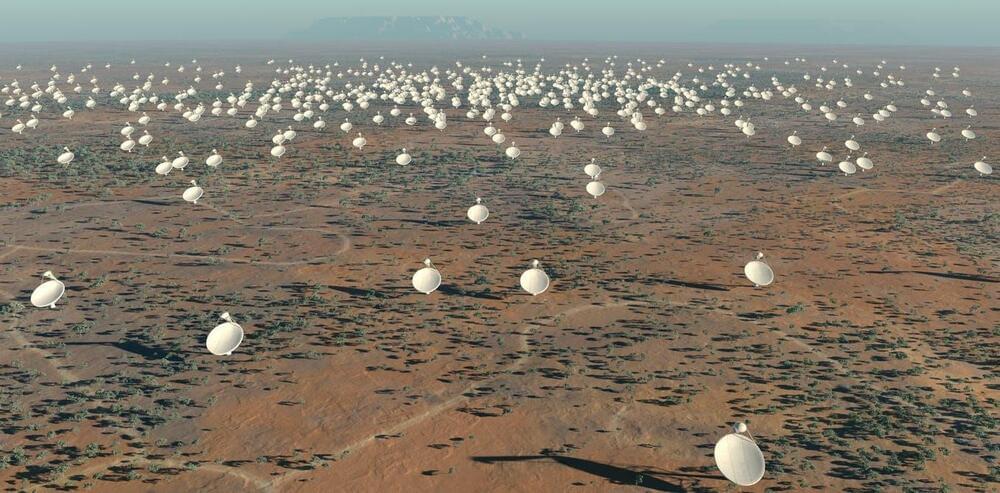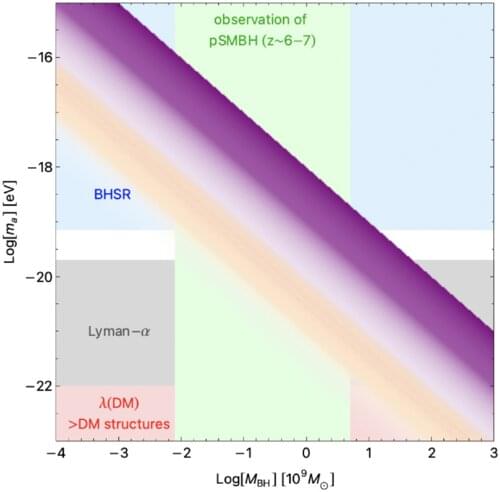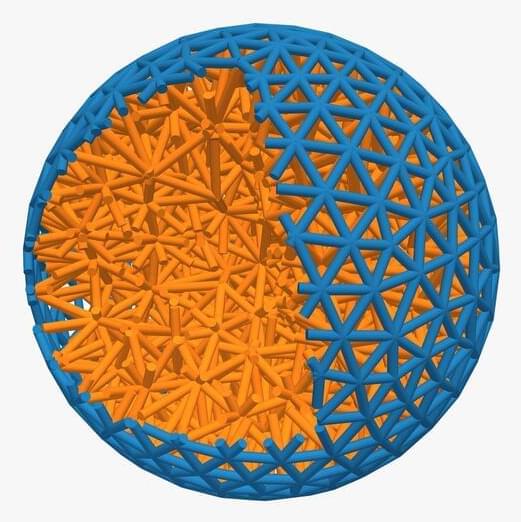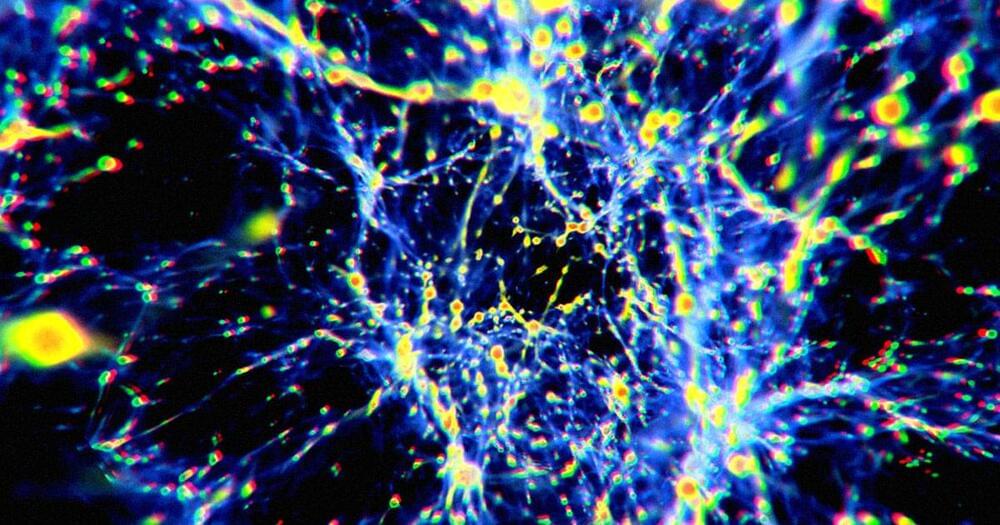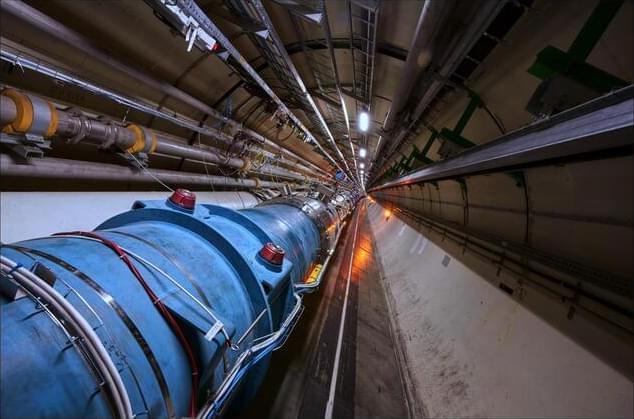Mar 18, 2022
“Active Matter” Breakthrough Enables Shape-Shifting Next-Generation Robots
Posted by Dan Breeden in categories: physics, robotics/AI
Physicists have discovered a new way to coat soft robots in materials that allow them to move and function in a more purposeful way. The research, led by the University of Bath, is described in a paper published on March 11, 2022, in Science Advances.
Authors of the study believe their breakthrough modeling on ‘active matter’ could mark a turning point in the design of robots. With further development of the concept, it may be possible to determine the shape, movement, and behavior of a soft solid not by its natural elasticity but by human-controlled activity on its surface.
